Signals
- Home
- About GTC
- Operation Status
- Facility and Equipment
- Signals
Signals
- Electricity
- Facility
- Civil Engineering
- Architecture
- Trains
- Signals
- Communication
- Automatic Fare Collection System
Features of the signal system
The signal system of Line 1 of Gwangju Metro dualized the electronic interlock systems in order to secure safety which is absolutely required in the massive transportation system and consists of optical cables in order to prevent noise from connection between the devices. It is designed and produced in accordance with not only JIS but also world class railway standard and safety regulations to guarantee safety of the trains and passengers in its maximum by thorough quality control.
Local(Train control of signal machine room)facilities and site facilities
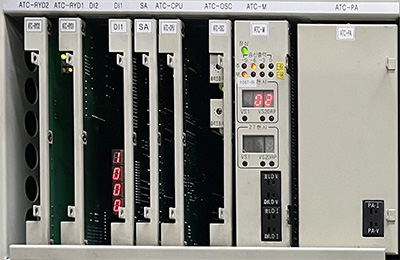
Automatic train protection system
ATC (Automatic Train Control) / ATO (Automatic Train Operator)
It determines and controls speed of the train and carries out right position stop facility control and automatic running control between the stations. It keeps the distance between the trains always more than a certain distance (safety distance) and the train shall automatically stop when it approaches within such distance or even a small error occurs with the train.
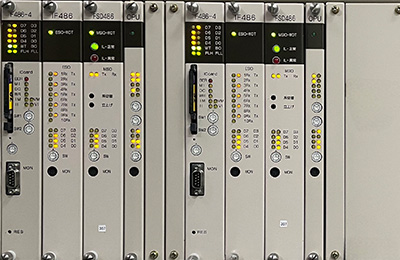
EIE(Electronic Interlocking Equipment)
This is a safety device which prevents collision and rear-end of the train by controlling the path of the train and enables safe run of the train adopting electronic circuit and computer system. The performance of EIE is more excellent than that of previous relay method or the current subway facilities.
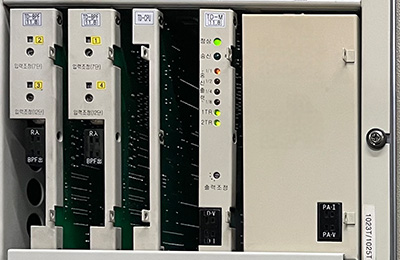
Train Detector (TD)
This is a facility which detects the train in order to check the position of the train under run and checks if the train is safe or not.
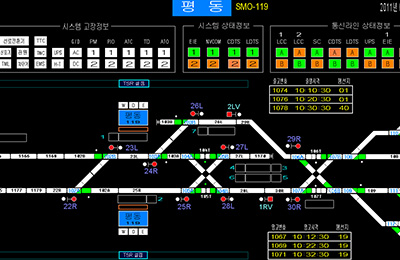
Local Control Console (LCC)
LCC carries out a function to control and supervise the train in relation to run of the train using monitor and keyboard by operator.
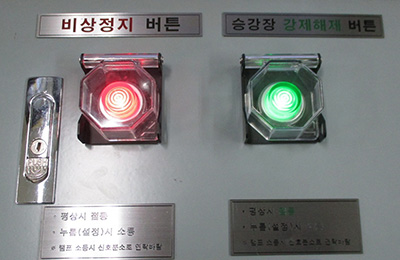
Emergency Train Stop Button (EMS)
Pressing the emergency train stop button installed in the platform stops the train under run by sending a stop signal to the front and rear sections of the platform by the train protection system in order to stop the train under run due to an emergency situation such as a passenger fall or fire.
